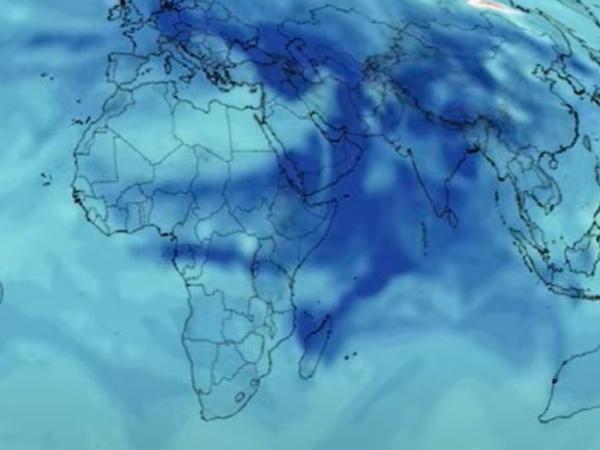


AQDH
According to the World Health Organization (WHO), exposure to air pollution—primarily outdoor air pollution—accounts for seven million deaths each year globally, and around 91% of the world’s population lives in places where air quality levels exceed WHO limits. Air pollution affects both developed and developing countries, but low- and particularly middle-income countries experience the highest burden.
The reduction of the health impacts of air pollution is part of Sustainable Development Goal (SDG) target 3.9 (By 2030, substantially reduce the number of deaths and illnesses from hazardous chemicals and air, water, and soil pollution and contamination), and SDG target 11.6 (By 2030, reduce the adverse per capita environmental impact of cities, including by paying special attention to air quality and municipal and other waste management)
The purpose of this data collection is to provide air quality data for health-related research and application:
- Three data sets upgraded from Version 1 to Version 1.10: Daily and Annual PM2.5 Concentrations for the Contiguous United States, 1-km Grids, v1.10 (2000 - 2016); Daily and Annual NO2 Concentrations for the Contiguous United States, 1-km Grids, v1.10 (2000-2016); Daily 8-Hour Maximum and Annual O3 Concentrations for the Contiguous United States, 1-km Grids, v1.10 (2000 -2016).
- Additional data sets include: Country Trends in Major Air Pollutants; Daily and Annual PM2.5, O3, and NO2 Concentrations at ZIP Codes for the Contiguous U.S., v1 (2000 -2016); Annual Mean PM2.5 Components (EC, NH4, NO3, OC, SO4) 50m Urban and 1km Non-Urban Area Grids for Contiguous U.S., v1 (2000-2019); Annual Mean PM2.5 Components Trace Elements (TEs) 50m Urban and 1km Non-Urban Area Grids for Contiguous U.S., v1 (2000 - 2019).